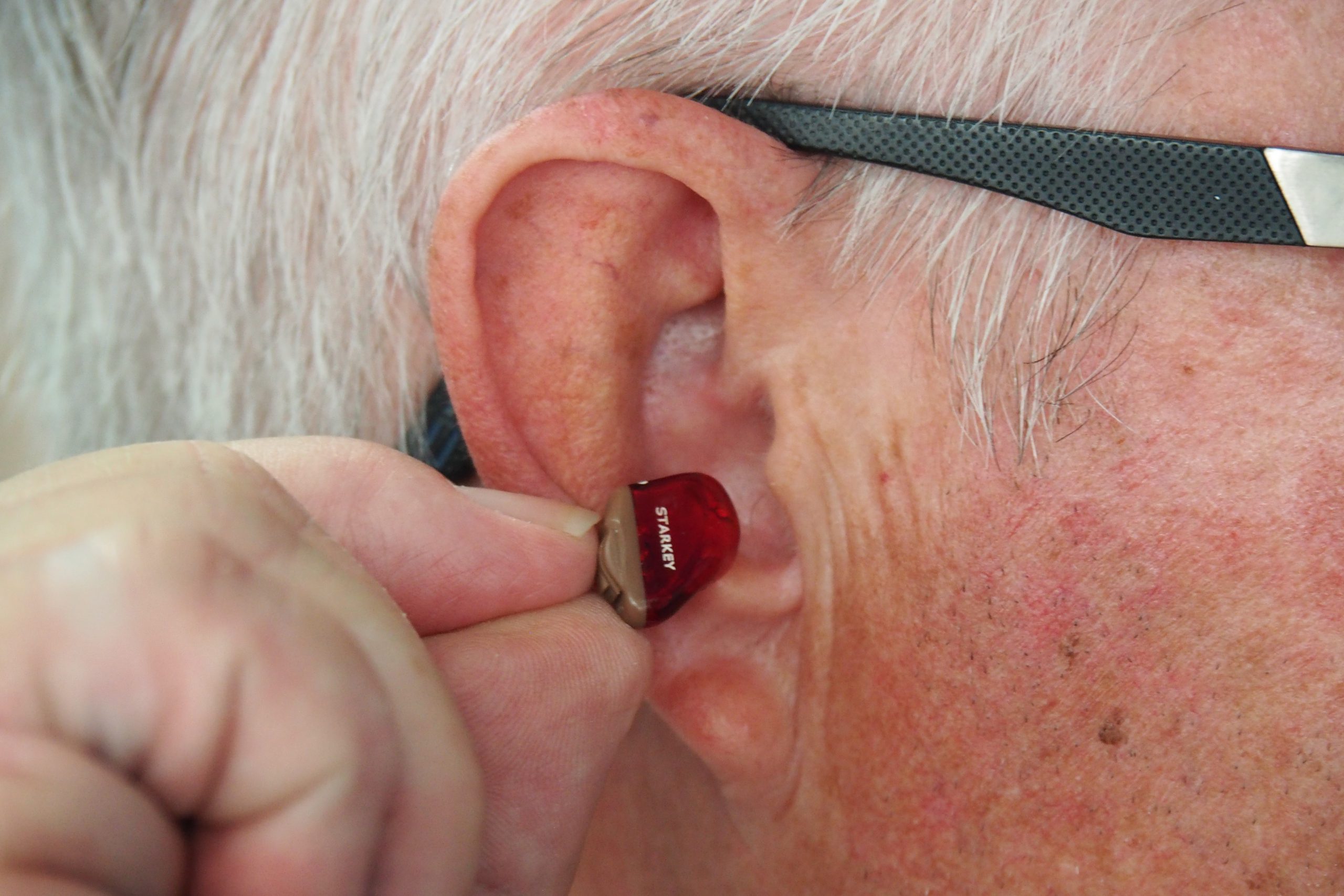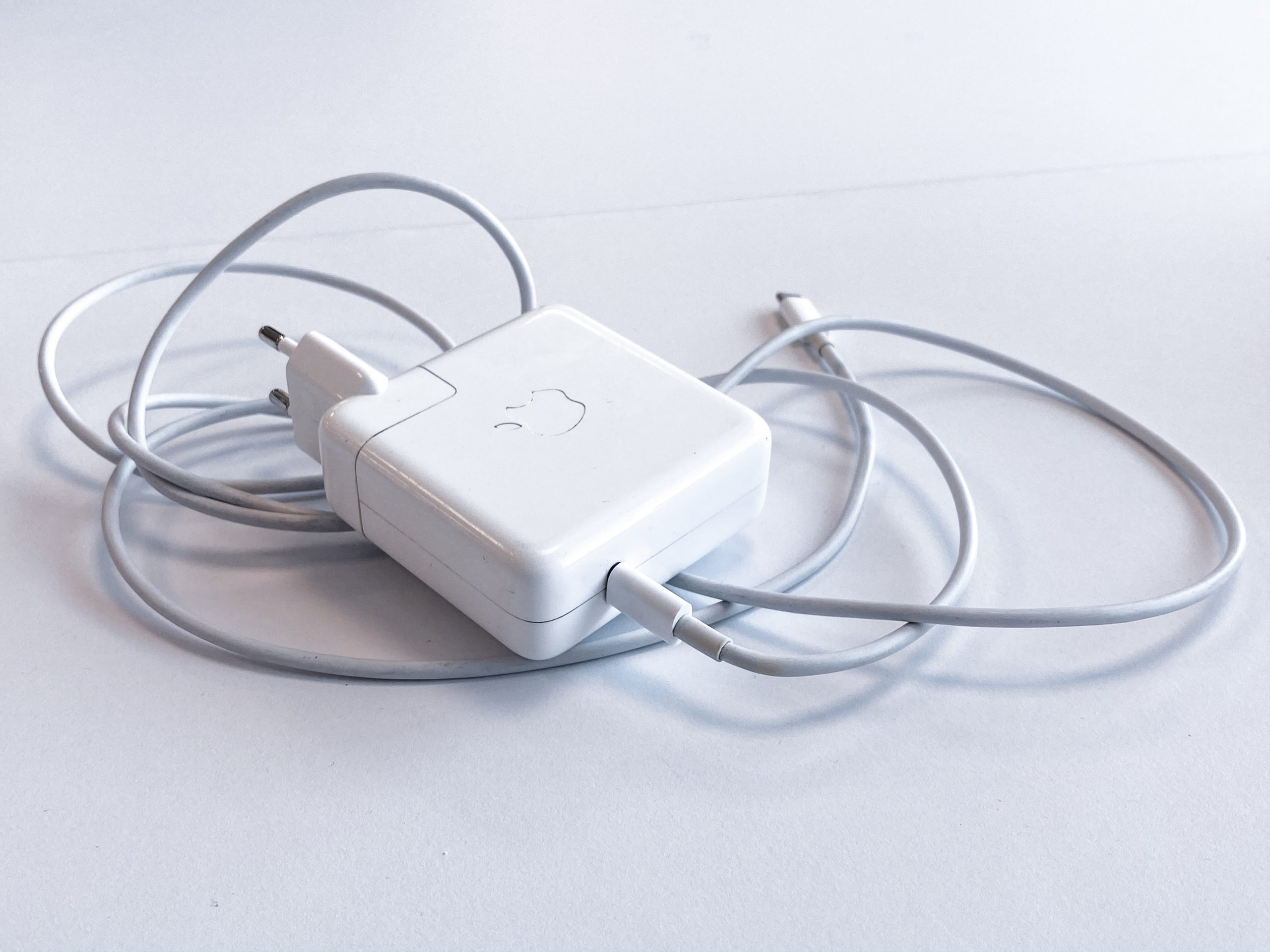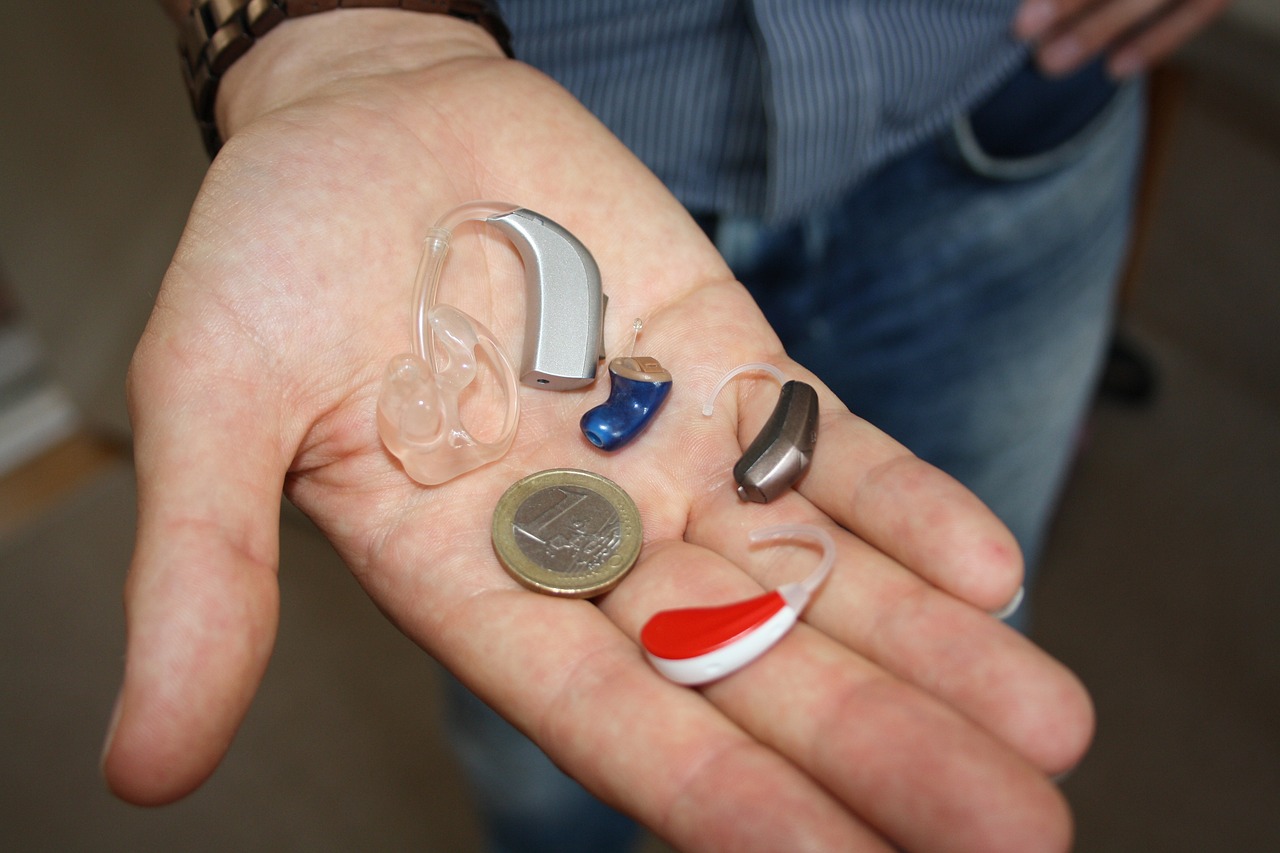
With hearing aids costing an average of $2,300 and upwards of $5,000 to $6,000, it’s no wonder that for many, prices becomes a key talking point when discussing a hearing aid purchase. Luckily, there are a couple of options out there for hearing aid financial support!
Contents
6 Ways to Get Hearing Aid Financial Support
1. Medicaid
While Medicare does not include hearing aids, Medicaid may cover them (although requirements differ by states for adults).
In particular, children are in luck! Under The Early and Periodic Screening, Diagnostic and Treatment (EPSDT) Program, the state must provide children under the age of 21 who are at risk for hearing impairment, appropriate screening, diagnostic, and treatment including hearing aids.
Make sure to check the Hearing Loss Association of America (HLAA) website or your state’s Medicaid offices for more information or updates.
2. Veteran Programs

To receive hearing aids from the Department of Veterans Affairs, you must qualify for VA Health Benefits. Once you are approved for the program, veterans can seek out benefits for hearing tests, examinations, and hearing aid purchases.
According to the VA’s 2014 directive for eye and ear care, the following veterans are more likely to receive hearing aid:
- Those with any compensable service-connected disability.
- Those who are former Prisoners of War.
- Those who were awarded a Purple Heart.
- Those in receipt of benefits under 38 U.S.C. 1151.
- Those in receipt of an increased pension based on the need for regular aid and attendance or by reason of being permanently house-bound.
- Those who have a visual or hearing impairment resulting from the existence of another medical condition for which the Veteran is receiving VA care, or which resulted from treatment of that medical condition.
- Those with significant functional or cognitive impairment evidenced by deficiencies in activities of daily living, but not including normally occurring visual or hearing impairments.
- Those visually or hearing impaired so severely that the provision of sensory-neural aids is necessary to permit active participation in their own medical treatment.
The directive goes further into what the criteria are for being prescribed a hearing aid, so be sure to check the directive or with your local VA Office for updates.
3. Non Profit Organizations (NPOs)
There are several nonprofit charities that grant financial aid to those who are in need of hearing aids.
The HIKE Fund of Job’s Daughters International helps kids and parents receive the aid they need through donations. Children are eligible to receive a grant providing the need is verified by a prescription from an audiologist or a physician.
Sertoma helps people with hearing issues and runs scholarship programs and hearing aid recycling programs through its clubs located nationwide.
The Lions Club International runs programs where hearing aids are donated to those in need. Check your local Lions Club International for more details!
4. Private Insurance Companies
Although hearing aids are rarely covered by private insurance companies, in New Hampshire, Rhode Island, and Arkansas, insurers are required by law to provide coverage for adults and children.
In New Hampshire, insurance companies are required to cover the cost of no less than $1,500 per hearing aid once every five years.
Rhode Island requires individual and group insurance policies to provide $700 coverage per individual hearing aid every three years for those over the age of 19.
In Arkansas, insurance companies are required to offer coverage to employers in the state and if companies take advantage of this regulation, the health plan must provide coverage of no less than $1,400 per ear every three years.
For other states, insurers may be required to cover hearing aids for children. Be sure to check with your state office for updates.
5. The Affordable Care Act (ACA)
With its implementation in 2010, the Affordable Care Act (ACA) law aims to make health insurance available and affordable to people and small groups who are uninsured.
At the time of this writing, only select states (Colorado, Connecticut, Delaware, Georgia, Hawaii, Kentucky, Louisiana, Maine, Maryland, Massachusetts, Minnesota, Nevada, New Hampshire, New Jersey, New Mexico, New York, North Carolina, Oklahoma, Oregon, Rhode Island, Tennessee, Texas, Wisconsin) require coverage through the ACA, but provisions are to be implemented in the coming years so make sure to check your state office or the Hearing Loss Association of America website for updates.
6. Health Savings Account
A Health Savings Account, similar to a personal savings account can be used for qualified healthcare expenses including hearing aids. To be eligible, you must be enrolled in a High Deductible Health Plan which allows for lower insurance premiums.
PSAPs and OTC Hearing Aids
Despite the amount of assistance available, hearing aids are still not as easy to acquire as they should be. So, rather than traditional hearing aids, what alternatives do we have?
First, PSAPs. The term PSAP stands for “Personal Sound Amplification Product.” They are wearable, electronic devices that are designed to accentuate listening in certain environments. They can be picked up without a prescription online or in retail stores for much more affordable prices when compared to traditional hearing aids. While this may sound great, it is important to note that they are two very different devices. For more information, check out our PSAP vs Hearing Aid article!
Second, are over-the-counter hearing aids. The Over-The-Counter Hearing Aid Act of 2017 created a new category of hearing aids that will be available for easy purchase without a prescription. These new devices will still be held to the standard of traditional hearing aids, and offer a much needed easier method of acquiring hearing assistance for individuals with mild to moderate hearing loss.
Whatever situation you are in, seek professional help before making a commitment, You can also try an online hearing test hear, and see your results.
Additional Resources for Assistance Financial Support
Here’s a list of additional resources that you can look to for some more hearing aid financial support.
- Hearing Loss of America – Financial Assistance
- EarCommunity.org – Financial Assistance
- American Speech-Language-Hearing Association – State Insurance Mandates
- HealthCare.gov – Getting Coverage
The information in this guide has been written using the following reliable sources:
https://www.hearingloss.org, https://dacnw.org, https://www.healthyhearing.com, https://www.healthcare.gov, https://www.audiology.org








